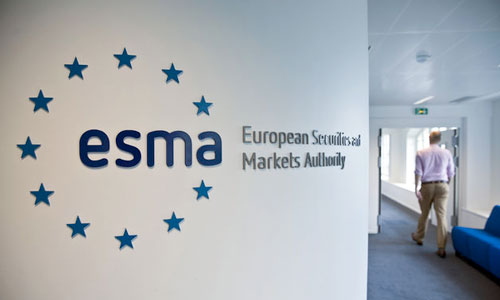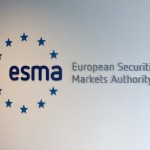ESMA updates Q&A on MiFID II implementation and EMIR

The European Securities and Markets Authority (ESMA) has published an update of its Q&A on practical questions regarding the European Markets Infrastructure Regulation (EMIR) and an updated Q&As document regarding the implementation of the Market in Financial Instruments Directive (MiFID II) and Regulation (MiFIR).
In relation EMIR, the updated Q&A includes a new answer in relation to transition to the revised technical standards on reporting, which will become applicable on 1 November 2017. The Q&A clarifies that the reporting entities are not obliged to update all the outstanding trades upon the application date of the revised technical standards and that they are required to submit the reports related to the old outstanding trades only when a reportable event takes place (e.g. when the trade is modified). Furthermore, the Q&A explains how those reports will be validated by the Trade Repositories.
The purpose of this document is to promote common supervisory approaches and practices in the application of EMIR. It provides responses to questions posed by the general public, market participants and competent authorities in relation to the practical application of EMIR. The content of this document is aimed at competent authorities under the Regulation to ensure that in their supervisory activities their actions are converging along the lines of the responses adopted by ESMA. It should also help investors and other market participants by providing clarity on the requirements under EMIR.
In relation on Q&A on MiFID II implementation, the purpose of this document is to promote common supervisory approaches and practices in the application of MiFID II and MiFIR in relation to regulatory data reporting topics. It provides responses to questions posed by the general public and market participants in relation to the practical application of MiFID II and MiFIR on:
- Date and time of the request of admission and admission;
- Instrument identification code and Underlying instrument code;
- Maturity Date;
- Classification of Financial Instruments (CFI) and Financial Instrument Short Name (FISN);
- Request for admission to trading by issuer; and
- Base Point Spread of the index/benchmark of a floating rate bond;
The Q&A mechanism is a practical convergence tool used to promote common supervisory approaches and practices. ESMA will periodically review these Q&As on a regular basis to update them where required and to identify if, in a certain area, there is a need to convert some of the material into ESMA Guidelines and recommendations.
Source: ESMA – Updated Q&As on MiFID II implementation – Updated Q&As on EMIR


























